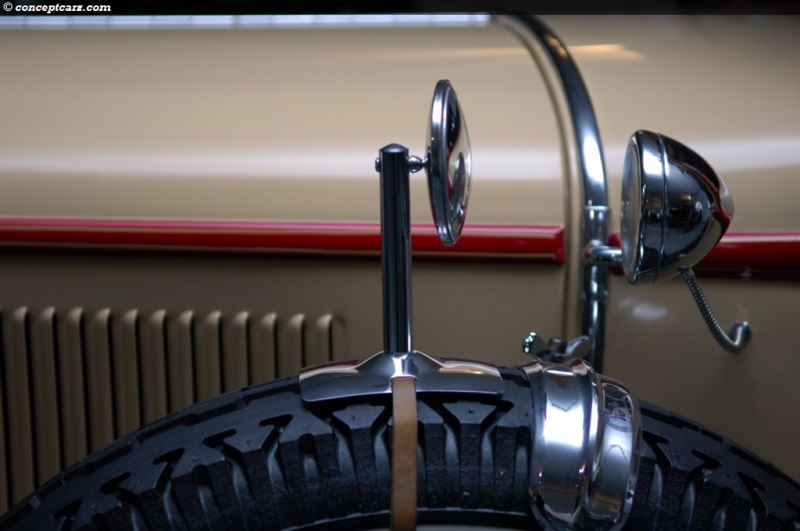1930 Buick Serial Numbers
Quick google: 1914 - 1922 Six cylinder engine - die-stamped on the upper left side of the engine at the number one cylinder. 1923 - 1925 - Stamped on the upper left side of the engine near the carburetor.
1926 - 1928 - Stamped on the upper left side of the engine in front of the rear breather tube. 1929 - Stamped on the right upper rear side of the engine to the rear of the starter motor.
Buick was where a number of major contributors to U.S. Auto history first headed an auto-building company -- such as Billy Durant, GM's founder; Charles W. Nash, a founder of what later became. And Buick has been a product innovator from Day 1 -- starting with its creation of the overhead valve engine.
1930 - All except Marquette are stamped on the right rear side of the upper crankcase at the rear of the starter motor. 1930 Marquette is stamped on a boss on the cylinder block located at the upper left front corner. Just curious. I'd like to know more about prewar Buicks in general, and this car in my backyard in particular. Thanks for the engine code locations Jim! I did some research, and only the 1928, 1929 and 1930 Buicks had both Lovejoy shock absorbers and six-cylinder engines, so the car in the woods would most likely be one of those three years. Further, Buick used different systems all three years, so just seeing the engine code might give away the car's year.
In 1928, the engine codes are just sequential numbers. (I can't find an example of a 1928 number. Do they match the 1928 frame numbers?) The 1929 Buicks were the first styled by Harley Earl, and added the series number (116, 121, or 129, for the wheelbase in inches) before a hyphen. For example: • 11 (starting) • 1 (starting) • 1 (same as Series 121) In 1930, Buick changed both the series numbers and wheelbases. The series-hyphen system was gone, but the sequential numbers might still tell what series it is. All right, so no one cares. But think about the clues.

Kodi Genesis Download Progress. The engine block is a six-cylinder Buick. The suspension part is a Lovejoy shock absorber.
There are only three years Buicks had both six cylinders and Lovejoy shocks: 1928, 1929 and 1930. Add that to the car's location. Out in the woods, miles from any road or building, and especially far from the then-new main state road of Route 6 (constructed 1926).
But close to a new hotel and yacht club, and close to the old county road that went to a big town north, with its new throngs of summer tourists, and very close to the beach, on the shore of a channel made by the delta of a river, hidden just inside the treeline. Back then the trees may have been just brush, but no matter. They would have served the same purpose just as well. Click to expand.Speaking of Germans and WW2, and Cape Cod Mass. Tuto Tomtom One Crack Man. And intrigue. There is supposed to be a 'never built' very big, heavily armed U-boat a few miles off Chatham.it surfaced in 1944, in broad daylight, in shallow water. Supposedly it was communicating with the US gov higher-ups when it was sunk by a routine air patrol.
Some info says sunk by US Navy blimp. One private small plane pilot reported seeing it clearly in 1962 or so, in shallow water. One report says ex german royalty living in Canada, were vacationing in Chatham that week, and left for home in Canada as soon as the sinking was reported.
Some guys company got the rights to salvage, and he claims it is the type that records say were planned, but never built, but the story ends there.